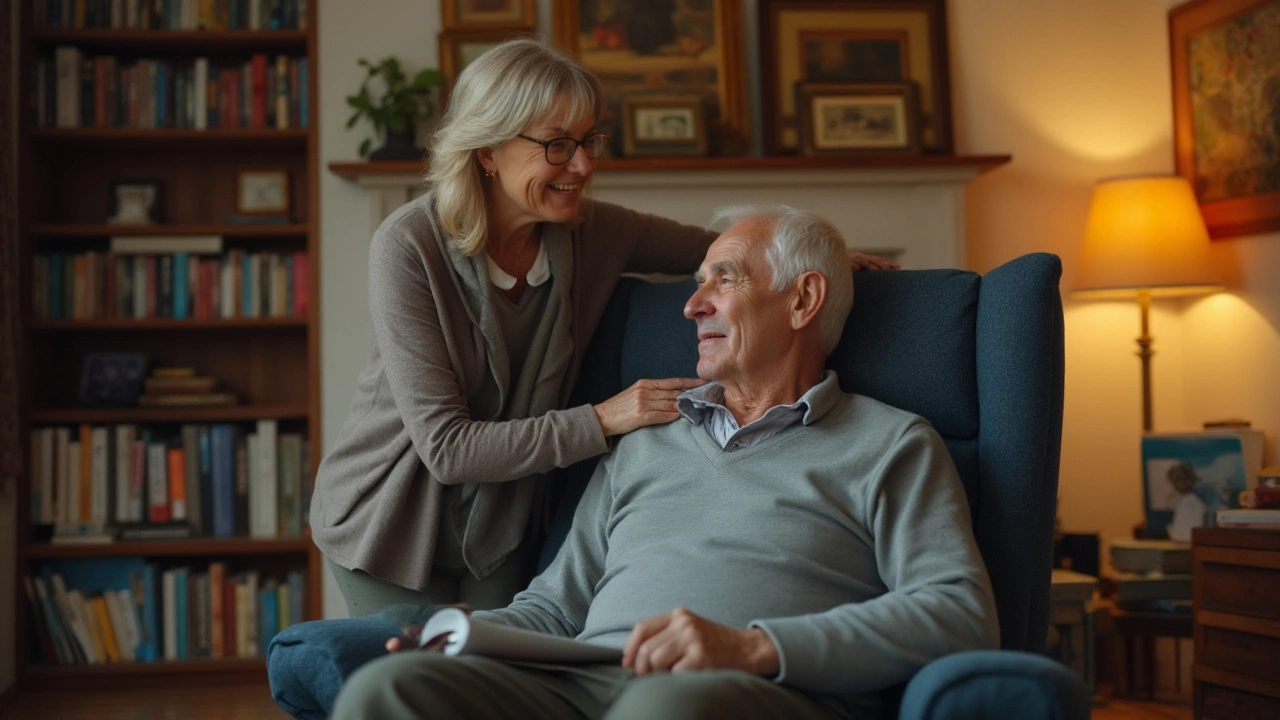As people age, they often experience stiffness which can impact their mobility and comfort. This article delves into the reasons why stiffness occurs, how our bodies change over time, and the potential relief offered by recliner chairs. Offering practical tips and insights, this piece aims to enhance awareness and promote comfort for seniors struggling with stiffness.
Senior Mobility Made Easy: Simple Home Hacks for Safe Living
Getting around at home shouldn’t feel like a battle for any older adult. Small changes to furniture, flooring, and everyday items can cut the risk of trips and give seniors confidence to move freely. Below are quick fixes you can start today.
Choosing the Right Mobility Aids
First, match the aid to the user’s needs. A sturdy walking frame works well for those who need steady support, while a lightweight rollator helps people who can walk longer distances. Make sure the height is correctly set—when the user stands upright, the handles should align with the wrist crease.
For bathroom visits, a non‑slip shower chair and a grab bar installed near the tub are must‑haves. Look for bars that can bear at least 250 kg and check that the screws go into studs or solid wall. If space allows, a walk‑in bathtub eliminates the need to step over high ledges.
Designing an Elder‑Friendly Room
Flooring is a hidden danger. Hard tiles or glossy wood can become slick when wet. Swap out high‑gloss finishes for low‑sheen laminates or textured vinyl. Adding area rugs with non‑slip backing can soften hard surfaces without creating new tripping hazards.
Arrange furniture so there’s a clear pathway of at least 90 cm between pieces. Position the sofa and chair away from walls to avoid squeezing through narrow gaps. If a corner sofa is a favorite, add a low, firm ottoman that can double as a footrest and a step-up for reaching higher shelves.
Seating matters a lot. Look for chairs with armrests that are firm enough to grip but not so high they force the user to lift their legs too far. Recliners with a gentle tilt can help seniors shift weight without straining the back.
Lighting is often overlooked. Place a bedside lamp within arm’s reach and add motion‑sensor lights in hallways. A bright, even light reduces the chance of missing a step or a lowered threshold.
Don’t forget the kitchen. Lower the countertop height to around 85 cm if possible, and keep frequently used items on the lower shelves. Use pull‑out drawers instead of deep cupboards so items can be accessed without bending.
In the bedroom, choose a bed that’s easy to get in and out of. A height of 55–60 cm works for most seniors. Adding a sturdy bedside rail can provide extra support when sitting or standing.
Finally, consider technology. Simple alarms on doors or pressure‑sensitive mats can alert caregivers if a senior falls or leaves a safe zone. These devices are inexpensive and often battery‑operated, so installation is a breeze.
Every home is different, but the goal stays the same: make movement feel natural and safe. Start with one room, test what works, and expand the changes gradually. Small steps now can prevent bigger problems later, keeping seniors happy and independent for years to come.
